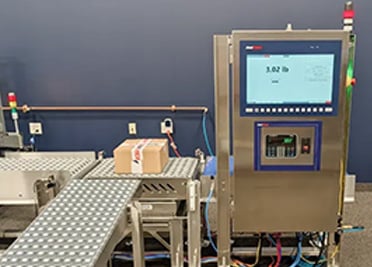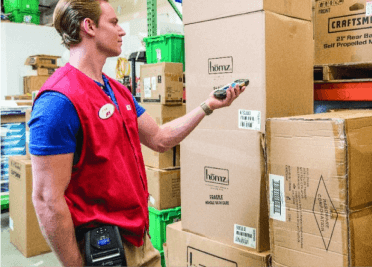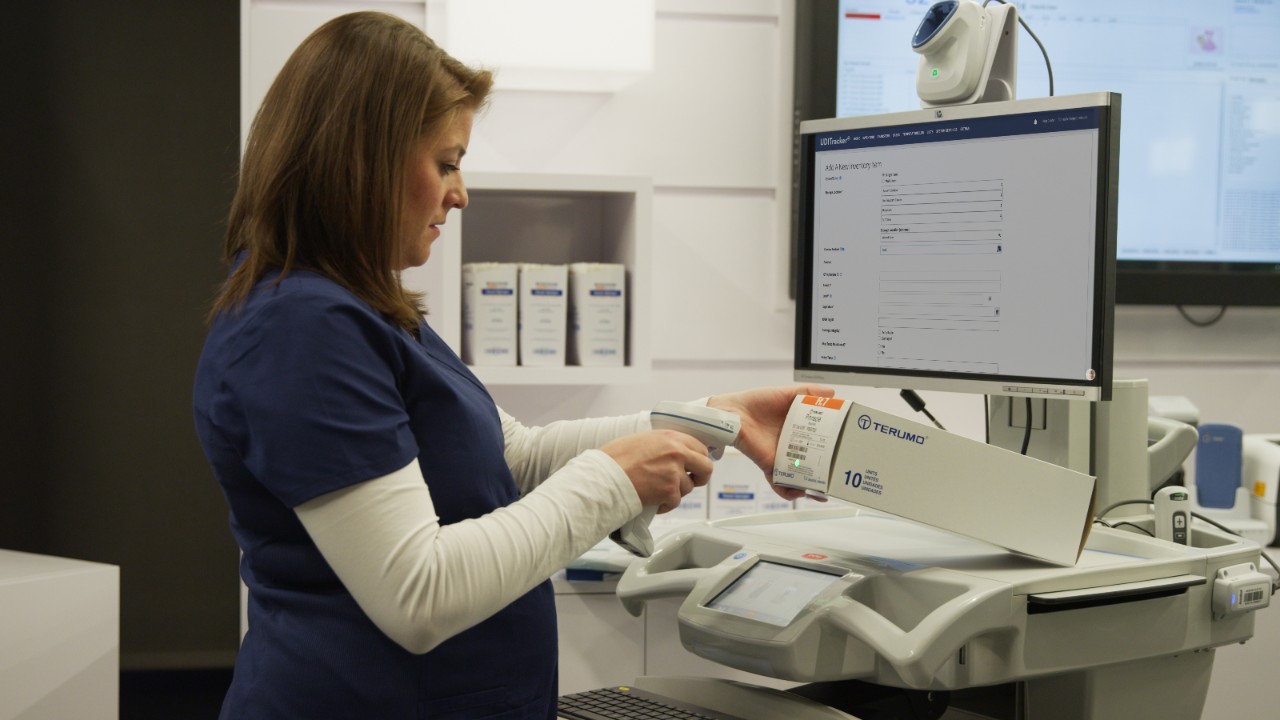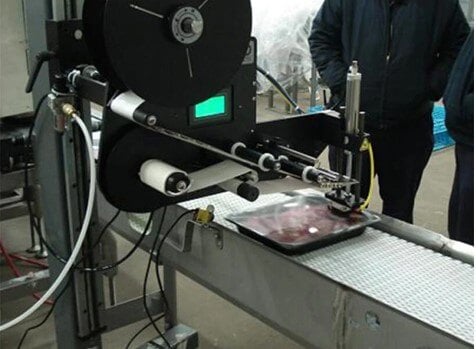The Drivers Behind Bill 74: A Quick Look at the Challenges Burdening Healthcare Providers
One of the key drivers behind Bill 74 is the need to address the problem of “hallway medicine”. As noted in the 2016 Annual Report of the Office of the Auditor General of Ontario, there are a number of challenges which contribute to the problem of hallway medicine, including processes related to the discharge of hospital patients, the functioning of hospital emergency departments, and the administration of medical equipment. Additional challenges set forth in the Auditor General’s 2016 Annual Report include findings that audited hospitals do not have adequate access controls over private patient information, that computer accounts remain active for people no longer employed, that computers operate without an automatic logout function, and that unencrypted portable devices had been or were in use.
This latter point underscores the importance of mobile device selection as part of a comprehensive strategy that includes a holistic, coordinated set of devices and software capabilities to assure that both patient and hospital business data remains confidential. Indeed, experience shows a growing part of addressing cybersecurity and data privacy protection begins with the selection of a mobile computing device. Enterprise-class mobile computing devices are designed to provide required levels of security while typical consumer-class devices can fall short. A hospital’s choice to encourage a Bring Your Own Device (BYOD) program or to use consumer-grade technology may well also require it to develop a plan to commit additional resources for security. On the other hand, enterprise-grade devices are designed to operate within secure network architectures and are typically deployed by knowledgeable system administrators. Moreover, enterprise-class mobile devices can be remotely tracked, locked, and “wiped” clean in case a device is lost, stolen or when a user is terminated abruptly.
In fact, the case for enterprise technology utilization in general – whether you’re considering mobile computer, IoT or predictive analytic solutions – has been proven by many governments and healthcare sectors around the world.
The Power Of Global Collaboration
Leading academic medical centers are demonstrating how combined enterprise IoT-based software and hardware solutions are streamlining care-team communications and clinical workflows in a manner that increases patient safety and hospital efficiency while helping address the causes of “hallway medicine”. One successful example is found in the deployment of Zebra’s purpose-built mobile computers which run Cerner Corporation’s CareAware Connect™ at the Truman Medical Centers in Kansas City, Missouri.
By replacing the “nurse tool belt” (pagers, cameras, laptops and scanning devices) with a combined solution of Zebra’s enterprise-grade mobile computers and Cerner’s CareAware Connect™, caregivers can communicate with physicians, family members and other healthcare staff. They can also access patient records and critical data and capture high-quality pictures of wounds or other medical issues, all without leaving the patient’s bedside. This capability helps reduce the risk of medical errors by supporting multiple patient safety applications. Nurses can scan patient identification wristbands to validate medication administration, collect specimens, track mother’s milk and ensure patients receive the right blood type prior to a transfusion.
Moreover, enterprise IoT-based mobile devices have advanced data capture capabilities which allow healthcare providers to scan barcodes in virtually any condition while offering ultra-high-resolution, and rear-and-front facing cameras which enable remote consultation for quicker service and care. These benefits are further enhanced when combined with mobile, desktop, and tabletop printers and media which enable printing of high-quality barcoded patient wristbands and asset and specimen labels at fast speeds for accurate patient and asset tracking.
Global Sharing Helps Build the Greater Global Good
Healthcare leaders worldwide are pioneering new programs that employ enterprise IoT-based technology. Many of these exciting initiatives serve as models that can be used around the globe to improve the quality of care while reducing healthcare costs. For example, the experience gleaned from the UK National Health Service’s (NHS) Scan4Safety pilot program serves as a compelling model that healthcare providers in other countries can benefit from when evaluating ways to improve their own healthcare systems.
This innovative pilot program has been advanced in a select group of UK NHS Hospital Trusts, including the Leeds Teaching Hospitals NHS Trust (similar to Ontario’s University Health Network). It has demonstrated how hospitals can reap significant savings through the use of enterprise-focused, IoT-based technology solutions. One estimate notes that, overall, the Scan4Safety pilot program has the potential to save the NHS over £1 billion (CAD $1.7B) over 7 years. By way of specific example, the Lancashire NHS Hospital Trust saw £5M (GBP) (≈CAD $8.7 million) of balance sheet adjustments recovered through improved stock management and the savings of approximately 10,000 clinical hours of time, which equates to six full-time employees annually.
The Key Takeaway
Much like public safety, where agencies enjoy more of a collaborative relationship than a competitive one, the outcomes of healthcare actions are most successful when developed and executed in a collaborative manner. We recommend that policymakers everywhere consider the advantages that come from accessing the experiences of others in the global healthcare community. Employing enterprise IoT-based technologies in a similar model can help create modern, sustainable healthcare systems with fewer risks. The examples provided above are just a few that can be used to inform policymaking decisions and health system actions.
To learn more about IoT-based technology, contact an AbeTech Solution Experts today!










